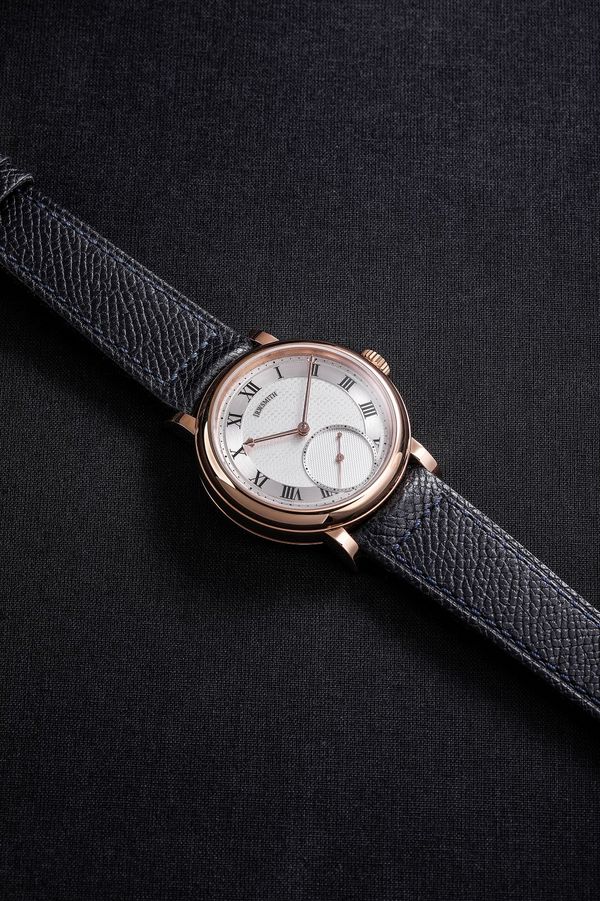The George Daniels Edward Hornby Tourbillon:
Paul Boutros: The Edward Hornby Tourbillon was made in 1971 - a few years before George Daniels’ invention of the co-axial escapement. How did Daniels’ earliest timepieces like this one shape his future work?
Roger Smith: George’s earliest timepieces played a pivotal role in his development of the watch escapement. These early pieces contained the detent - a high precision escapement developed for use in the marine chronometer. The detent escapement had one drawback in that it was not self-starting and, realising that this was a drawback, George cleverly altered the geometry of the escapement so that it would self-start during the winding of the watch from its unwound position.
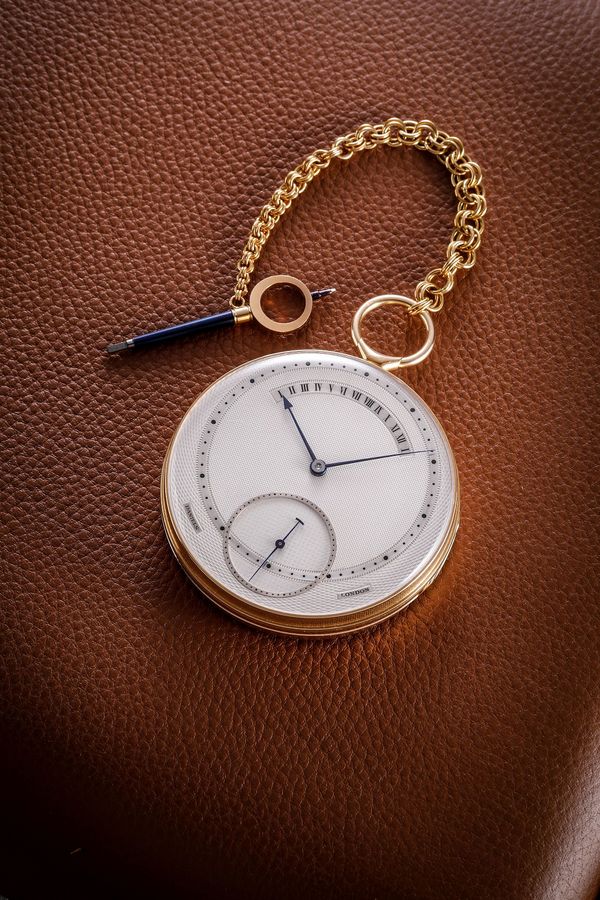
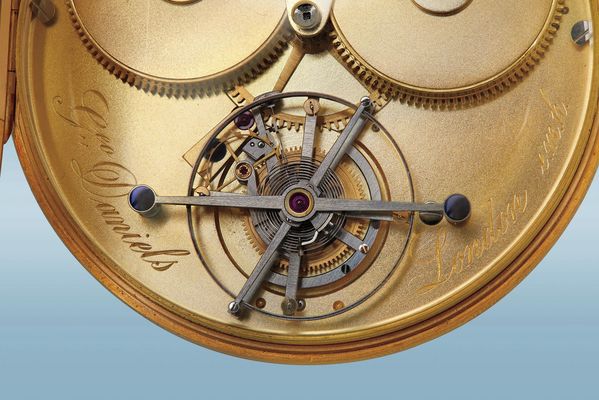
Lot 102 - The Edward Hornby Tourbillon Pocket Watch
PB: Hornby once shared a story of conducting an 8-month timing trial of this tourbillon against a quartz watch. How important was precision timekeeping to Daniels?
RS: Hugely important, although his real drive was to create an oil-free escapement, or one which would be unaffected by the deterioration of an oil if applied. This meant that the watch would hold a far higher rate of timekeeping over a longer period than the traditional lever escapement.
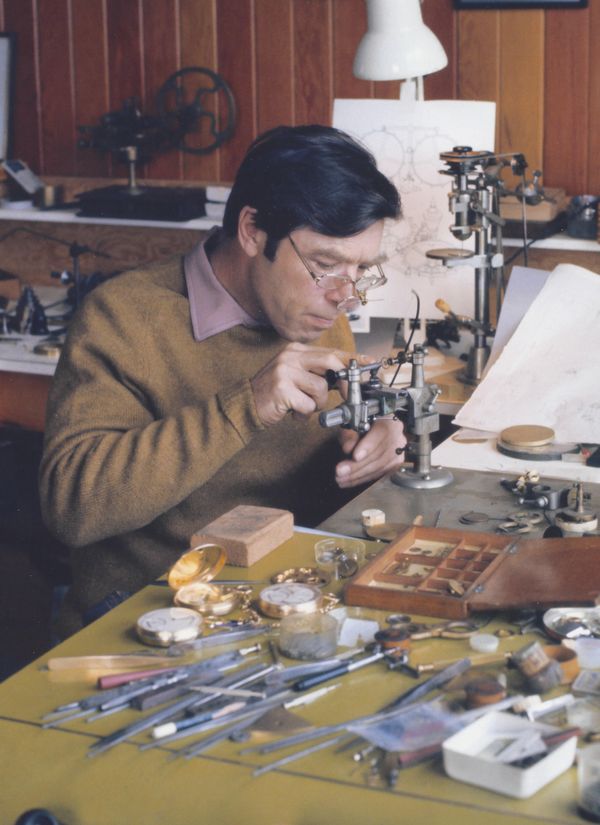
A young George Daniels at his work bench
PB: Can you please share some of the reasons why Daniels only produced a total of 26 handmade watches himself over the course of his lifetime?
RS: George worked alone for the vast proportion of his life and built his watches using, what we now refer to, as the Daniels Method. This is where one person conceives, designs and singlehandedly builds a complete watch by making the case, dial, hands and mechanism. Actually, it is often easier to mention the components that he did not make, which were the balance spring, main spring and the jewels. All of his watches were designed to incorporate some idea or feature which pushed mechanical watchmaking forward and, depending upon complexity, each watch would take between 2,500 – 4,000 hours to complete. It was this single-handed approach which make all of Georges watches so incredibly rare.
PB: What would you say was the influence of Daniels on the field of Independent watchmakers/watchmaking from the late 20th century into the 21st century?
RS: I would say that, beyond independents, George’s influence on the entire horological sector has been remarkable, since he arguably proved the continued relevance and potential of mechanical watchmaking. Today he continues to inspire many people to enter into a career in horology. He is often referred to as the aspirational standard for many leading independents. His book, Watchmaking continues to sell thousands of copies worldwide each year and will be found within most major workshops and a feature film about him helped to reach a far broader audience through Netflix. His greatest gift to mechanical timekeeping is the co-axial escapement, which is the world’s most technically advanced escapement today and can be cited as a reason for the change in fortune for the Swiss watchmakers, Omega. I think it fair to say George Daniels place in history is assured.
The Series 1, Number 1:
PB: Can you please share why you introduced the Series 1 in a round-shaped case?
RS: My first Series 1 was launched in 2001 and was a rectangular cased watch. My Series 2 was launched several years later and this was a pivotal point for my workshop's development as it contained the first wrist watch movement I had completely designed and built from scratch using the Daniels Method. It was this development that caused me to halt the original Series 1 at just nine pieces. In 2015 I redesigned my movement to house a super light single wheel co-axial escapement and it was off the back of this that I decided to create a small range of watches; one of these was a reimagined Series 1 with a round case and time only feature.
PB: Could you please explain the reasoning for the design and finishing approaches found on the movement - gilt finished bridges, chatons, hand engraved bridges, etc.?
RS: The finishing style that I use in my watches is my interpretation of a 'What If’. In other words 'What if British watchmaking had continued (in Britain) uninterrupted to this day. What would it look like?' The gilded plates, screwed in jewelled chatons, heat-treated screws to a purple blue hue and the 3 dimensional architecture to the dial, hands and movement are all design cues that I felt were lacking in today’s watchmaking, whilst being plentiful in pre-mechanised watchmaking days. And so it was a very conscious decision of mine from the very outset to champion this within British watchmaking.
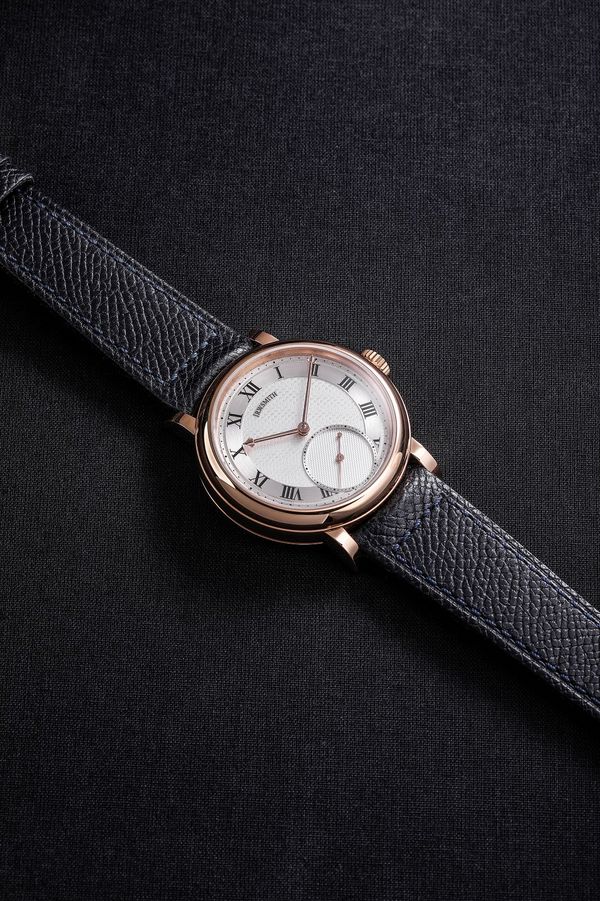
Lot 101 - Roger Smith Series 1 in pink gold, the first of its kind
PB: You’ve evolved the co-axial escapement over the years. Could you please tell us about the improvements in the version of the co-axial found inside this specific Series 1, number 1?
RS: I first fitted a co-axial escapement into one of my Series 2 watches in 2006 and, since that date, I have been steadily introducing developments to the escapement. The first major change came in 2010 when I introduced the single wheel co-axial which was an interesting development due to its unique method of manufacture which greatly improved the accuracy of the escape wheel. This, in turn, improved its timekeeping capabilities. Spurred on by the gains in accuracy, further development work took place and, in 2015, I scaled down the escapement to its current 4.5 mm escape wheel diameter, which had a dramatic efficiency effect on the escapement as a whole and its timekeeping ability. Furthermore it enabled me to reduce the mainspring size considerably which has extended the service interval way beyond accepted industry standards. It was a huge turning point as, prior to this, escapements were always about timekeeping, but suddenly here we found this escapement which was great at keeping time but also extended the service interval of the mechanical watch. This particular watch is the very first Series 1 to have been produced and to contain my latest escapement developments.
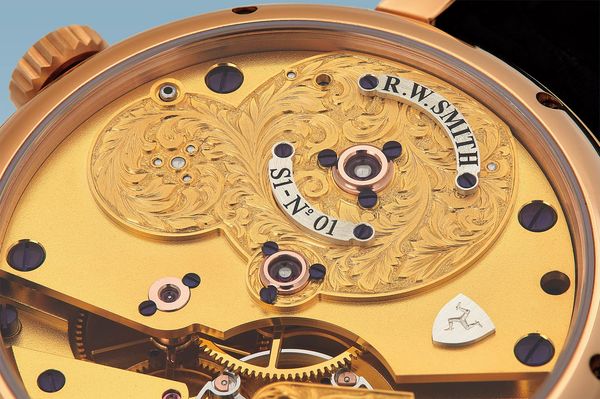
PB: 2021 is the 20th anniversary of the founding of your firm. What is the one accomplishment you’re most proud of over these past 20 years, and what can collectors expect next from Roger W. Smith Ltd?
RS: We make just 15 pieces per year which makes our watches extremely rare when compared to other makers around the world. What I am proud of most is that we have proved that it is possible to make watches again within Britain and to the very highest standard with a keen focus on the improvement of the mechanical timekeeper. As for the future, well my work is far from over and to use a horrible pun, you’ll have to watch this space to see what comes next……
